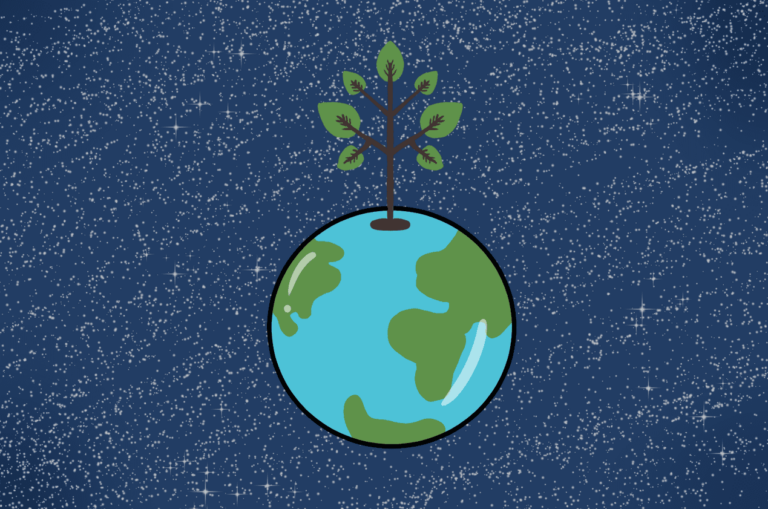The Andromeda Strain – A review
The Andromeda Strain is a techno-thriller written by the esteemed Michael Crichton in the year 1969. For those few of you who have yet not heard of Michael, he is the man behind ground-breaking works such as Jurassic Park and its follow-up, The Lost World. But before he was creating dinosaur-based inspiration for one of Hollywood’s greatest franchises, he produced quite an exquisite collection of sci-fi thrillers, and the Andromeda is definitely one of them. Upon its publication, it was included in the New York Times bestsellers list.
After an initial reading, the book seems to follow documentary style, highlighting the efforts of a scientific team in investigating the presence of an extra-terrestrial virus in a small town of Piedmont, Arizona. The book begins with the hunt for a military-grade satellite believed to have crashed in the town of Piedmont and a team of two men sent to retrieve it. Upon their arrival, they come across a ghastly sight. It is as if the entire town has turned haunted. But before anything substantial could be found, they lose contact with their military base. Upon further investigations, it is found out that apparently everyone in the town has died mysteriously, barring two people, an old man and an infant. Suspecting presence of extra-terrestrial organism within the crashed satellite, the duty officer send recommendations for activating “Wildfire”, a protocol designed to tackle a scenario just like the one presenting itself in Piedmont, and the survivors along with the scientists reach the Wildfire facility to combat the problem.
“Wildfire” encompasses a team of scientists tasked by the government to contain any potential dangers brought about by an alien virus. It has five members, Dr Stone, Dr Burton, Dr Leavitt, Dr Hall and Prof Kirke, the last of whom suffers from appendicitis and thus hospitalized, unable to contribute to the effort.
Dr Stone is a prodigy. He is the professor and chairman of the bacteriology department at Stanford University and is, according to the book, the 1961 winner of Nobel Prize in Medicine.
Dr Burton is a professor of pathology at the Baylor College of Medicine.
Dr Leavitt is a clinical microbiologist. He is later revealed to be suffering from epilepsy.
Dr Hall is a surgeon and in my opinion, the most important character of the story. He is unmarried, which might seem an insignificant fact initially, but assumes mighty importance once we discuss the Odd Man hypothesis.
The Odd Man hypothesis is, at least at first glance, quite odd. In its essence, it basically states that unmarried men make the most rational and unbiased decision at times of crises. It is based basically on the fact that unmarried men have no emotional allegiance and hence, their decision-making ability would not be clouded by such ‘distractions’ when the time to take important decision arrives. And this story has probably one of the most consequential decisions of them all, whether to let a nuclear device detonate!
Let us back up a little and understand this nuclear device angle. Project “Wildfire” had a contingency plan put in place in case it became exposed to strains of any foreign organism, and that plan included the detonation of a nuclear device installed there, in theory, to contain the spread of the virus. The Wildfire facility had five levels with the scientists working at level V, the lowest and most sanitized one. In case of the spread of the virus/organism to upper levels and the surface, the nuclear device was supposed to self-destruct, and the responsibility of stopping an unnecessary detonation fell to our own Dr Hall, courtesy of the Odd Man Hypothesis.
Once at the Wildfire facility, the book basically becomes dry and scientific in its attempt to document how the team attempts to study and understand the way in which Andromeda worked. It is found that with each growth cycle, the virus has the ability to mutate; it can survive within a small margin of pH level and does not bode well in a high concentration of oxygen. The scientists also discover that by virtue of its incredible mutation, a nuclear explosion, instead of stopping the virus, might, in fact, provide the perfect storm for wreaking havoc on the general populace on a much bigger scale. As I went through the story, I felt the writer was doubling down on his efforts to cast Dr Hall as the Odd-man in the group, especially from Dr Stone’s perspective.
The writer makes a commendable effort to make the story interesting and add suspense and drama to it, especially by forecasting how certain steps taken by the scientists would result in disaster and lead to the subsequent release of the strain into other levels of the facility. The final arc of the story involves, as mentioned earlier, the release of the Andromeda strain into the upper layers of the facility and Hall’s race against time to stop the nuke from going off. The entire scene has been written in a captivating manner, and one can feel the tension and adrenaline as if the readers themselves and not Dr Hall, who is running to stop the detonation.
Personally, I felt that the end was a bit anticlimactic. It is revealed that the Andromeda has mutated to a benign state and has reached upper layers of the atmosphere where there is less concentration of oxygen to facilitate self-growth. It felt as if the story was over suddenly, and I did not expect that. But this certainly does not take anything away from the rest of the story, especially the final few moments starting from Dr Leavitt’s seizure right up to Dr Hall’s titanic effort to stop the nuclear explosion. Absolutely nail-biting experience!
All in all, this was a fantastic read. It is revealed in the epilogue that a manned spacecraft named Andros V was incinerated during atmospheric re-entry possibly because the Andromeda strain had eaten its tungsten heat shield. This basically marks the end of the story. Michael Crichton displayed a remarkable insight into technological advancement during the 1970s and presented it in a manner easy to understand for the casual reader. Sometimes, the book might seem a bit technical, especially during the description of some reports or communications, but that goes to show the remarkable effort put in by Crichton in writing The Andromeda Strain to ensure that the readers have an authentic experience and in my opinion, his efforts paid off spectacularly.
Featured Image Credits: Flickr








